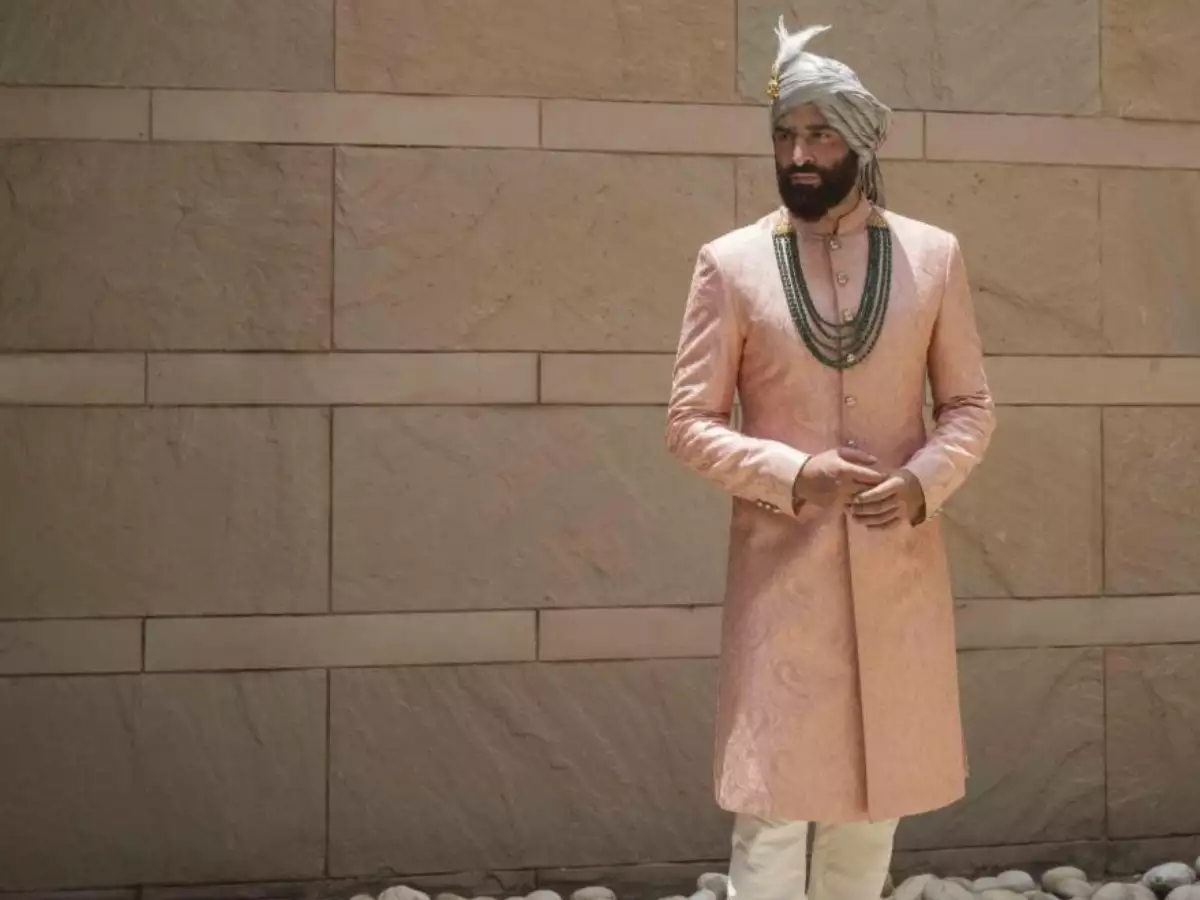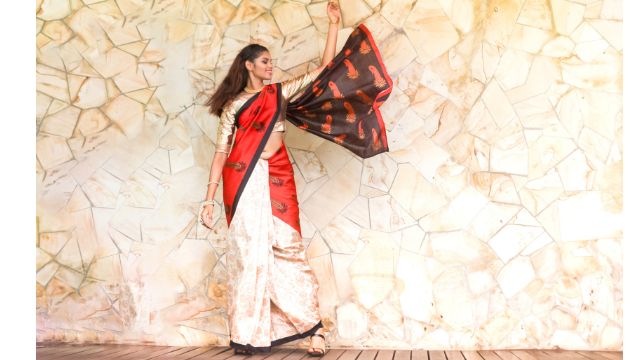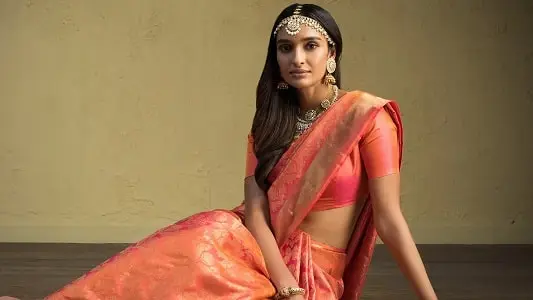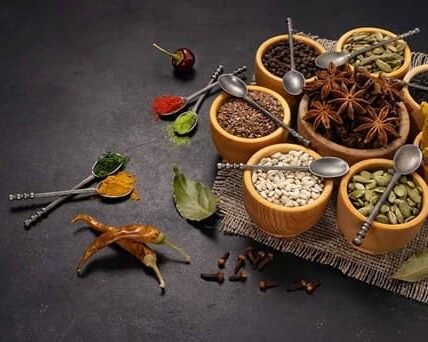India’s eastern state of Bihar is renowned for its varied traditions and rich cultural history. The complex history and cultural variety of Bihar are reflected in the traditional clothing of the country. Bihar is an area of art and religion called the “Land of Buddha.” The places of pilgrimage and the many social groups residing in the state impact its culture.
The Madhubani paintings, ornaments, wall hangings, stone pottery, appliqué work, leather items, and the traditional attire of the Bihari people are well-known. The state accepts people from all different religious backgrounds, yet there is no division in traditional clothing. Most people in Bihar dress similarly, with males wearing pyjamas and kurtas or dhotis and women donning sarees. This article will examine the distinctive characteristics, relevance, and cultural importance of the men’s and women’s traditional attire of Bihar.
Bihar Traditional Dress for Male
Dhoti and Kurta:
The most popular traditional clothing males wear in Bihar is the dhoti and kurta. The kurta is a knee-length tunic loose, whilst the dhoti is long rectangular clothing wrapped around the legs and waist. This clothing typically comes in various patterns and colours and is constructed of cotton or silk fabric. Older men typically wear dhoti and kurta, and younger folks like Mirjai. It is vibrant and, when done properly, looks wonderful.
Sherwani:

The men’s festival attire of Bihar is the sherwani. Only festive occasions and weddings allow for its wear. Pyjamas, an embroidered jacket, and dhoti pants that reach the knees or occasionally the calves make up a sherwani.
A wide variety of patterns, styles, designs, and colour combinations are available for the top portion (the jacket). It is occasionally further embellished with difficult and detailed work to provide a luxurious appearance. Pyjamas, churidars or dhoti pants (a form of form-fitting pyjamas) are worn with the jacket. This traditional Bihari clothing has a really attractive overall appearance.
Lungi
People of the state frequently wear and adore the lungi because it is a really comfortable bottom garment. Although it is the traditional clothing of Bihar, you can find it in many other states and places.
Gamcha
Men in Bihar regularly wear the gamcha, a traditional towel such as cloth, across their shoulders. It has a variety of uses and is made of cotton. It could be worn as a head covering, a scarf, or protective clothing when working in the fields. The gamcha is a crucial piece of men’s traditional Bihari clothing.
Pagri or Turban
The pagri, or turban, is incredibly important to the traditional attire of Bihari men. It is a headpiece constructed from a long fabric, typically in a bold colour. The community, occasion, and area may all impact the turban’s design and colour. The turban represents honour, pride, and dignity.
Bihar Traditional Dress for Female
Saree
In Bihar, the saree is the most often worn traditional garment for women. It is a long, usually six-yard-long piece of fabric wrapped around the torso. Bihari ladies favour sarees with lovely themes and designs made of materials like cotton, silk, or tussar. In Bihar, several communities might have varied saree-draping practices.
Chhaini or Chunri
A vibrant, printed scarf or stole called a chain or chunri is worn with sarees. Women can wear it about their waist as well as over their shoulders. It enhances the whole outfit with elegance and a hint of tradition.
Madhubani Print Dress
Women’s traditional clothes frequently feature Madhubani art, a well-known folk-art form of Bihar. The elaborate and colourful paintings, known as Madhubani prints, depict scenes from nature, mythology, or everyday life and are worn by women. These garments are a superb example of Bihar’s artistic talent and cultural legacy.
Lehengas
Lehengas are under the genre of fancy attire; in Bihar, they are also called ghagra cholis. Women wear them at religious, festive, or wedding ceremonies. Lehengas are part of a general clothing type worn not just in Bihar but in practically every state of India. They come in an incredible range of shapes, colours, patterns, and materials.
Significance and Cultural Importance
Bihar’s traditional clothing has a major cultural significance. It stands for the pride and identity of the Bihari people. The clothing is worn for celebrations, including weddings, festivals, religious services, and cultural events, to add to the celebratory atmosphere and reflect local customs. People’s roots are preserved and passed down throughout the generations thanks to traditional clothing, which helps people stay connected to them.
Conclusion
Both men and women in Bihar wear traditional clothing, which beautifully reflects the region’s diverse cultural past. The clothing displays vivid hues, luxurious fabrics, and elaborate patterns that pay homage to Bihar’s artistic traditions. The individuals of Bihar uphold their cultural heritage and add to the complexity of India’s cultural tapestry by adopting and keeping these traditional garments.

Santosh Kumar is an editor at unfoldstuffs.com and a professional content writer. With years of experience he is passionate for creating engaging, informative and impactful topics.









